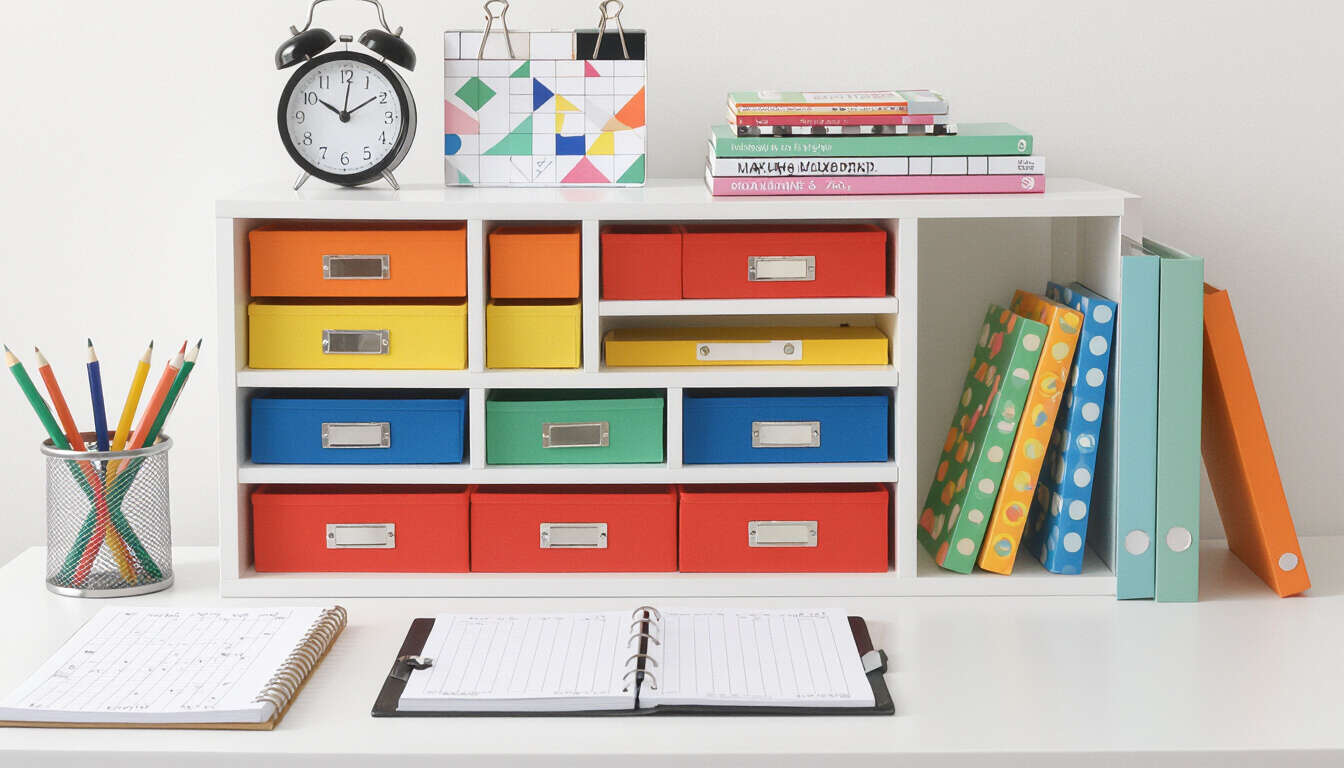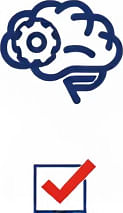Strategies for Managing Inventory with ADHD
 by Thaddeus Blanda
by Thaddeus Blanda
Explore helpful techniques for handling inventory challenges when you have ADHD. This guide offers practical tips to organize items and tasks, making daily life more manageable and less overwhelming, while building confidence in your abilities.

Living with ADHD can present unique hurdles when it comes to keeping track of items and tasks. Many adults and young adults with ADHD often feel scattered, but simple strategies can help bring order to your space. For example, starting with a clear system for your belongings can make a big difference.
One effective approach is using visual aids to organize your inventory. Consider color-coded bins or labels for different categories like clothes, office supplies, or groceries. This method allows you to see everything at a glance, reducing the mental effort needed to find what you need. Visual aids work well because they align with how many people with ADHD process information.
Another key technique involves breaking down the process into smaller steps. Instead of tackling your entire inventory at once, focus on one area, such as your desk or kitchen. Set a timer for a short period, like 15 minutes, to sort through items. This creates a sense of accomplishment and prevents fatigue. Breaking down tasks like this can help maintain momentum without causing stress.
Technology also plays a supportive role in inventory management. Apps that allow you to scan barcodes or take photos of your items can keep a digital record. For instance, using a note-taking app to log where you store things makes it easier to retrieve them later. Remember, the goal is to find tools that fit your routine, not to overhaul everything at once. Apps offer a flexible way to adapt to your needs.
In daily life, routines can provide stability. Try establishing a weekly check-in where you review your inventory and adjust as needed. This might include putting away items right after use or setting reminders to declutter. Building these habits gradually fosters independence and reduces reliance on others.
Physical activity can complement these strategies. A short walk or stretch break during organization sessions can refresh your mind and improve focus. It's important to be kind to yourself during this process, recognizing that progress comes in small steps.
For those dealing with larger inventories, like in a home office, prioritize essential items first. Keep frequently used things within easy reach and store less important ones out of sight. This minimizes distractions and helps maintain a calm environment.
Working with others can enhance your efforts. Share your system with family or colleagues so they understand how to support you. Communication builds a network that makes managing inventory less isolating.
Over time, these techniques can lead to greater control and satisfaction. Everyone's experience with ADHD is different, so experiment to find what resonates with you. The aim is to create a system that supports your strengths and eases challenges, leading to a more balanced life.
To summarize, incorporating visual tools, technology, routines, and self-care into your approach can transform how you handle inventory. By being patient and persistent, you can achieve a sense of order that boosts your overall well-being.
